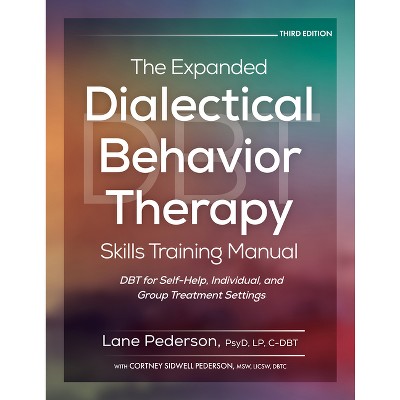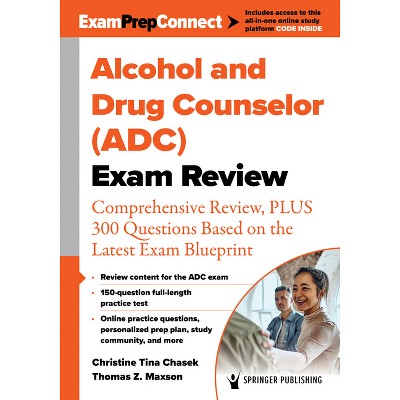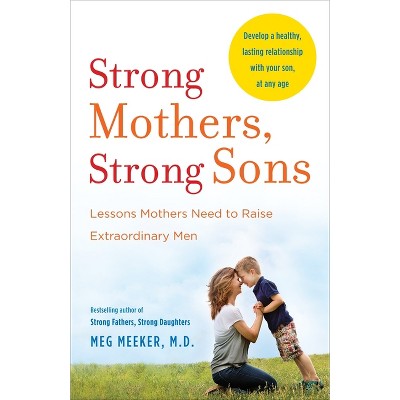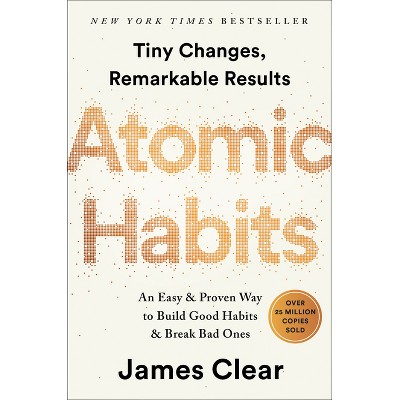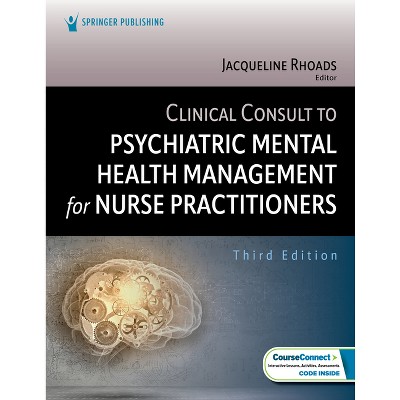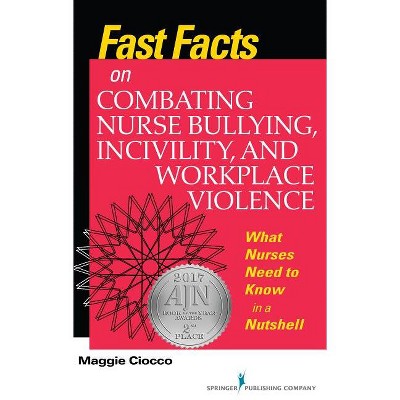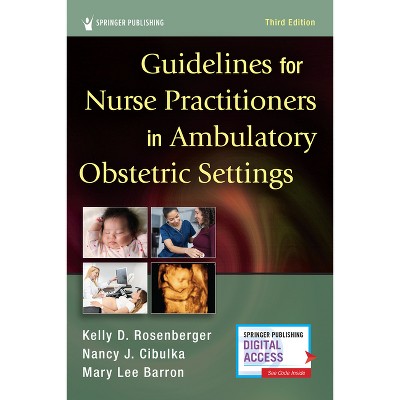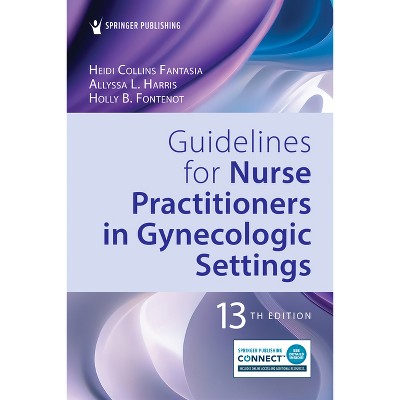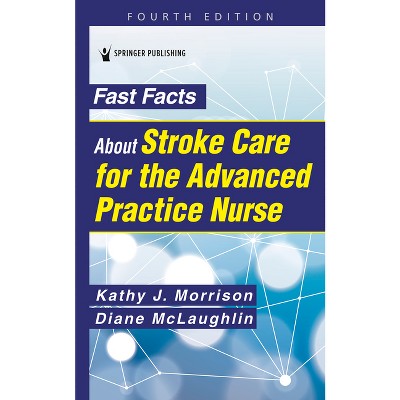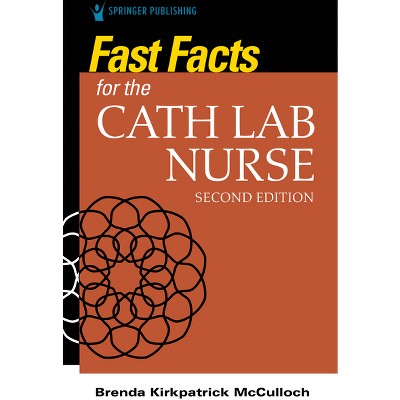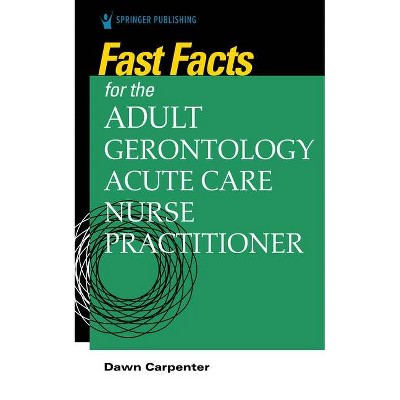Sponsored

Fast Facts for Psychopharmacology for Nurse Practitioners - by Deana Shevit Goldin (Paperback)
In Stock
Sponsored
About this item
Highlights
- This timely resource is the first handbook to give nurse practitioners guidance to prescribe, monitor, assess, educate, and advocate for patients taking psychiatric medications and promote safe practice outcomes.
- Author(s): Deana Shevit Goldin
- 298 Pages
- Medical, Nursing
Description
About the Book
"Fast Facts for Psychopharmacology for Nurse Practitioners is the first practical guide for novice and experienced nurse practitioners in explaining and choosing appropriate psychiatric medications. This clinical reference is ideal for students and all clinically oriented health care professionals since it provides a concise, bulleted style text for easy access to pertinent information. This book offers readers a broad understanding of the key aspects of psychotropic medications used in general psychiatry and primary care settings and includes strategies to ease medication decision-making and evidence based best practices to select and manage psychotropic medications."--Book Synopsis
This timely resource is the first handbook to give nurse practitioners guidance to prescribe, monitor, assess, educate, and advocate for patients taking psychiatric medications and promote safe practice outcomes. Written in a concise, bulleted style for quick access to critical information, this practical resource covers the key aspects of psychotropic medications used in general psychiatry, offers strategies to simplify medication decision-making, and provides evidence-based best practice recommendations to select and manage psychotropic medications.
This resource begins with an overview of general pharmacological principles, a brief discussion of neurotransmitters, and covers rationale for medication use and the risks and benefits of the major classes of psychotropic medications. This is followed by information about common drugs across drug classes divided by age population. Each drug includes initial dosing and adjustments, simplified diagnostic criteria, practice management, rationale for use, black box warnings, drug interactions, identification of side effects and adverse reactions, basic lab test recommendations, treatment options, and self-management strategies. The book ends with important concepts for patient and/or caregiver education and advocacy. Tables and "Fast Facts" boxes throughout highlight key information. Chapters begin with learning objectives and include references, website resources, and recommendations for additional reading.
Key Features:
- Follows a lifespan approach to psychiatric mental health pharmacology
- Provides population-specific treatment approaches for optimal medical decision-making
- Highlights critical information with "Fast Facts" boxes
- Delivers essential knowledge included in board certification exams
- Contains critical-thinking questions in each chapter to reinforce content

